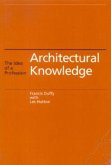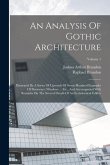Heavily inspired by Sendai Mediatheque, the term 'Primitive Future' coined by Japanese architect Sou Fujimoto describes the spatial and programmatic conditions in primitive interpretations of space - such as the cave (Fujimoto, 2010). Fujimoto's design exploration begins by, "going back to the beginning of architecture". Similar to the cave, the user defines the space as the architecture only provides the infrastructure. Fujimoto's House Na (2010) takes radical steps towards redefining architecture to realize the relationship of the human and the space. "I don't want to just create a crazy house, I like to find the most fundamental, and unexpected aspects of human life" (Fujimoto, 2011). By organizing space absent of barriers and boundaries, House Na explores the potential of programs that converge at different points of the house creating interesting and novel spatial conditions. Instead of using walls to create weak boundaries between programs and spaces, Fujimoto uses the undulation of numerous platforms denoting free program. This architecture describes "nomadic" conditions (Fujimoto, 2011), similar to the contemporary nomadic urban condition (Mitchell, 2004).
Hinweis: Dieser Artikel kann nur an eine deutsche Lieferadresse ausgeliefert werden.
Hinweis: Dieser Artikel kann nur an eine deutsche Lieferadresse ausgeliefert werden.








